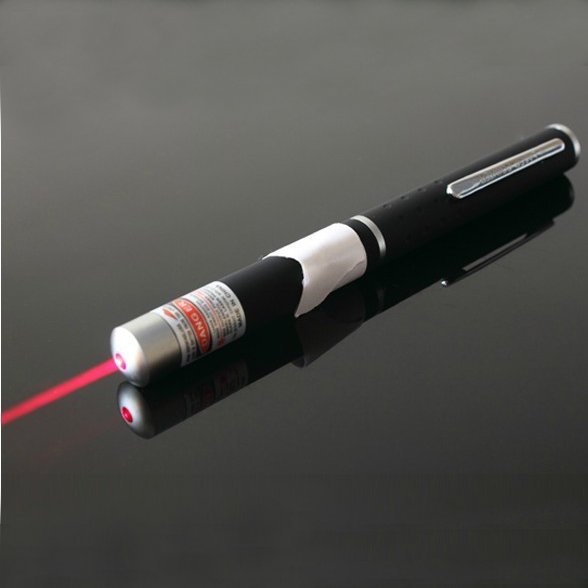Since 2009, NASA’s Lunar Reconnaissance Orbiter (LRO) has orbited the Moon more than a dozen times a day. There are 6 high-tech instruments on the Lunar Reconnaissance Orbiter. These 6 high-tech instruments not only help scientists draw detailed maps of the moon, but also give them a better understanding of the radiation and temperature on the moon’s surface. But in fact, the lunar reconnaissance orbiter also carries a fairly simple instrument: a book-sized reflector.
For the past ten years, scientists have been shooting laser pointer beams from Earth to the reflector of the lunar reconnaissance orbiter about 240,000 miles away, hoping to catch the return signal. On Monday, NASA scientists and their French colleagues announced that they had successfully received a return signal for the first time.
What information can scientists gather from the laser light reflected from the lunar reconnaissance orbiter? First, it accurately reveals the time it takes for the photon to go back and forth-2.5 seconds on average. Scientists can use this time to determine the exact distance of an object. At the same time, by measuring tiny fluctuations in duration, they can study the subtle movements of the moon.
This technology is not new. In the Apollo era, astronauts installed five reflectors on the surface of the moon. Each reflector contains at least 100 mirrors, which can reflect in any direction. For example, by reflecting the light on these panels, scientists have been able to understand that the moon is moving away from the earth at a rate of about 1.5 inches per year.
Planetary scientist Erwan Mazarico of NASA Goddard Space Flight Center said: “Since we have collected 50 years of data, we can see some trends. Without the accumulation of these 50 years, we would not be able to see this return signal. The science of laser ranging is a long game.”
But over time, the reflector on the moon became less and less effective in reflecting light back to the earth. Some scientists suspect that this is due to dust raised by the micrometeorite falling on the surface of the reflector, causing the reflector to overheat. If this is the case, scientists need to know exactly why.
This is where the recent lunar reconnaissance orbiter laser experiment comes in. If scientists find that the data returned by the lunar reconnaissance orbiter reflector is different from the data on the lunar surface, they can reveal what caused the lunar reflector’s efficiency to decrease, and then scientists can explain these differences in the model.
More precise green laser pointer experiments can also help scientists learn more about the core of the moon. By measuring the tiny shaking of the moon as it rotates, past laser experiments revealed that the moon has a fluid core. But there may be a solid core inside these liquids-it may have helped create the moon’s now-disappearing magnetic field.
However, to confirm this hypothesis, more precise measurements are needed. The Goddard planetary scientist involved in the design of the reflector for the lunar reconnaissance orbiter told NASA: “The accuracy of this measurement may help us improve our understanding of gravity and the evolution of the solar system.”
